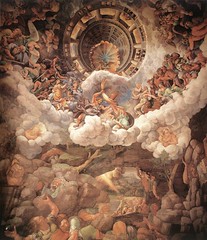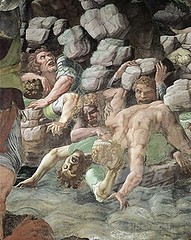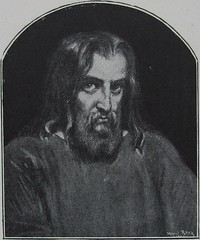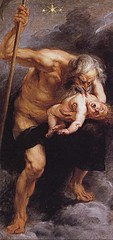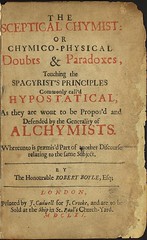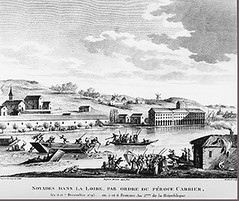[Youtube=http://www.youtube.com/watch?v=EBTM-H74FjE]
Monamour, fresco footage at :10
“I had never heard of Tinto Brass until the late 1970s when I read an interview he gave to Gideon Bachmann in The London Times (Wednesday, 3 August 1977, p. 13). His remarks sufficiently intrigued me to begin a decades-long search, a search that for many years turned up almost nothing apart from tantalizing articles in trade papers. Since the autumn of 2000, though, thanks to friends in Italy, on-line overseas shopping, and eBay, I’ve been able to locate a fair number of Brass’s creations. I had been expecting at least a few of his earlier films to be excellent, but I wasn’t expecting them to be quite as good as they actually turned out to be. –RJBuffalo, a pseudonym of Ranjit Sandhu
This I read in the early 2000s when I discovered the site http://www.geocities.com/busterktn, a site hosted at Yahoo/Geocities, of which the author says it was “deleted without notice or explanation. They deleted all my email messages too.” I believe him. Yahoo did the same to my site in 2004.
Last week, I found the same site, back online, now hosted under its own domain name, http://www.rjbuffalo.com, a pleasure for the eye and the brain.
Brass is one of Jahsonic’s canonical filmmakers. Researching him today brought footage of Monamour, in which Marta visits a museum, I presume in Mantua and admires scatological (see comment 1) frescoes by – again I presume – by Giulio Romano in – presuming further – the Palazzo del Te.
Palazzo del Te frescoes
Palazzo del Te fresco (detail)
As Sholem Stein has noted: “What makes European erotic films of the seventies “euro chic” variety particularly interesting is the fact that Europe has the scenery, and the best cinematic euro chic erotomaniacs (Tinto Brass, Just Jaeckin, etc…) have put it to use. There is a reason why Radley Metzger came to Europe in the seventies to film his softcore visual extravaganzas.”


